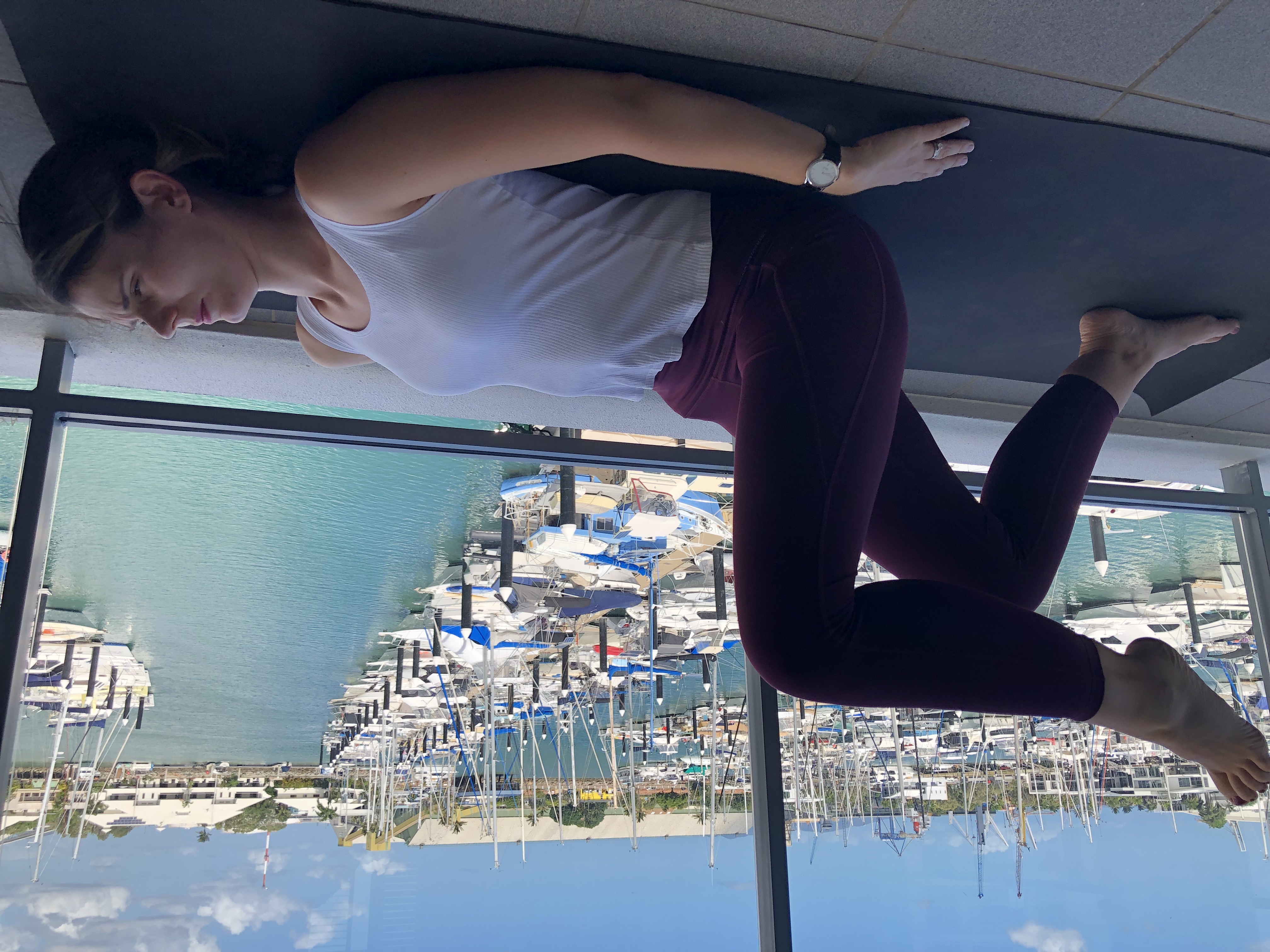Your Pelvic Floor in Your Power
The Pelvic Floor has made quite a reputation for itself, and unfortunately—generally speaking—not a good one. For many of us, the name Pelvic Floor seems to conjure images of leaking taps and continence pads. So, it’s no wonder that at any thought of this muscle group, we tend to cross our legs and start squirming in our seats, all thoughts of trampolining with the kids forever banished.
But it doesn’t have to be that way. Harnessing control of these muscles is firmly within your power. Firstly, it begins with understanding what and where the Pelvic Floor is. This little group of muscles sit like a sling beneath our (ahem) nether regions. They run from your pubic bone to your tail bone, and out to your sit bones on either side. While they’re most famous for keeping us dry, they also have the very important roles of supporting our internal organs, assisting stabilisation of our spine and pelvis, and improving sexual function (no further reasons necessary).

Re-training your Pelvic Floor can be tricky, especially if you’ve had damage to the area (like a difficult birth) or repeated overloading (like regular heavy weight training or high impact sport). There are numerous cues to get it firing and it’s a case of finding what works best for you. If you’re having trouble, then a Women’s Health Physiotherapist can always get you started.
Most people are taught to contract their Pelvic Floor while lying on their back and not doing much else. However, once you’ve learnt the basics, it’s important to train your Pelvic Floor functionally. Hello Pilates!
The beginner Pilates repertoire is the perfect next step. Foundation exercises like One Leg Stretch, Scissors and Hip Twist will begin to challenge your Pelvic Floor muscles in a safe manner. Maintaining contraction while you perform basic, controlled movements is a sure-fire way to progress your way through a Pelvic Floor strength program. The movements of the legs, whilst maintaining stability of the pelvis and lumbar spine, aims to mimic functional activities like walking and stepping.
Move beyond these foundation exercises by varying the positions that you work in. Try sideline, four-point-kneeling, on your stomach, sitting, and even standing (because nobody spends their life lying on their back). From there, the next step is to start adding in larger movements, maybe multiple body parts at a time, add some load, and vary the pace.
Ever tried to wrestle a wiggling toddler into the car while holding groceries and stopping a runaway trolly with your foot? Maybe not, but life does move in all directions, and your Pelvic Floor needs to be ready.
Pilates training is the perfect way to gain control and confidence of these muscles. Take it a step further and enrol in a Pilates course to gain the tools you need to progress your own training and start the makings of a strong, healthy Pelvic Floor (and who knows, maybe a new career).